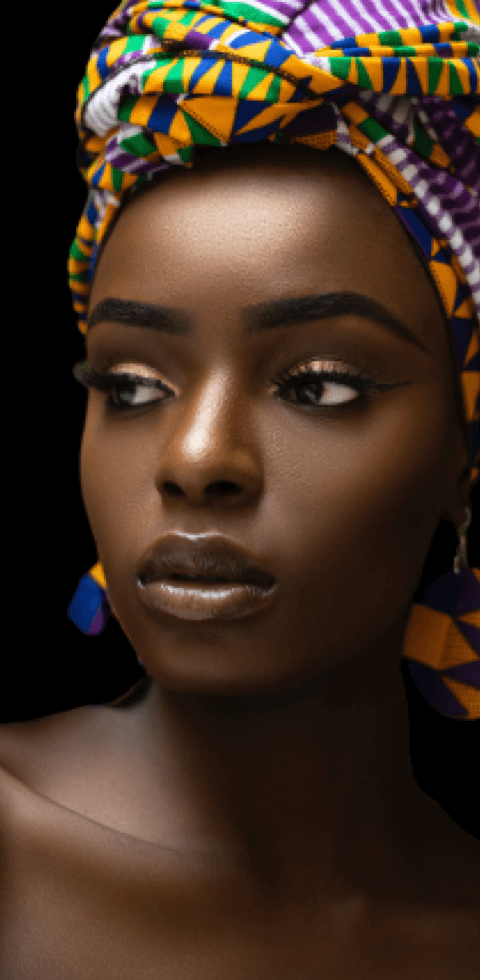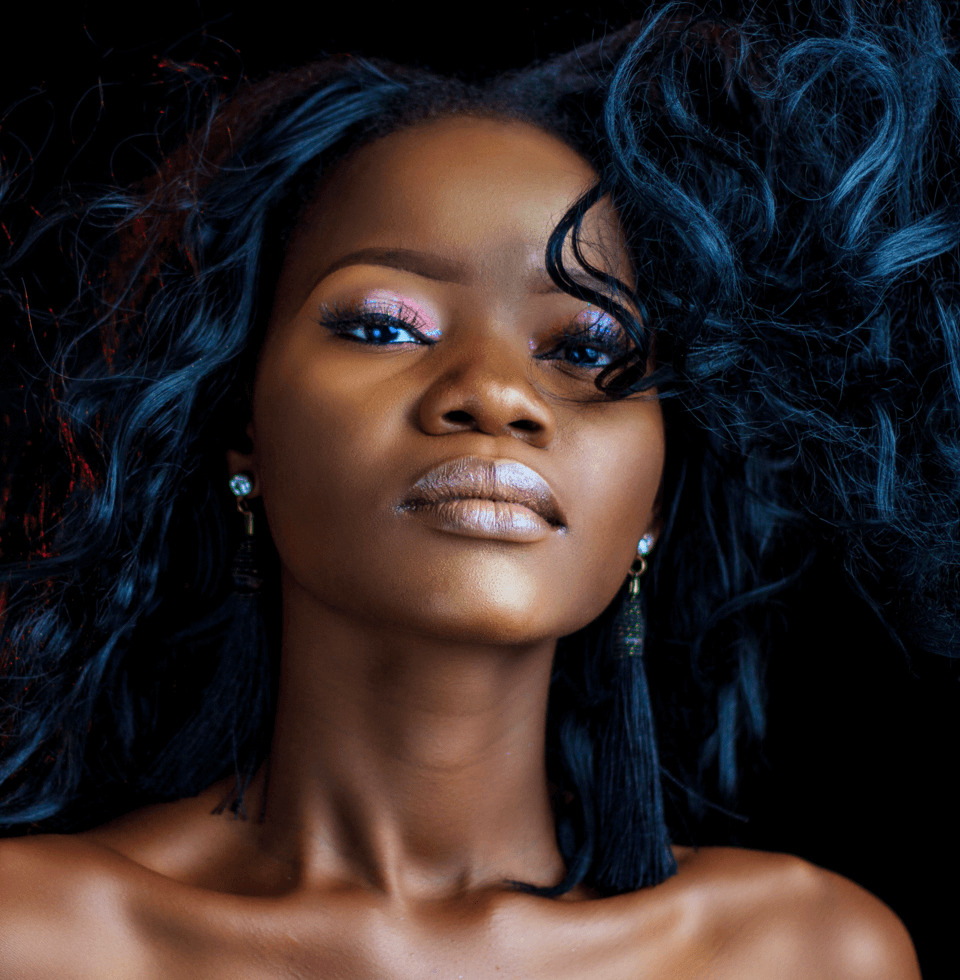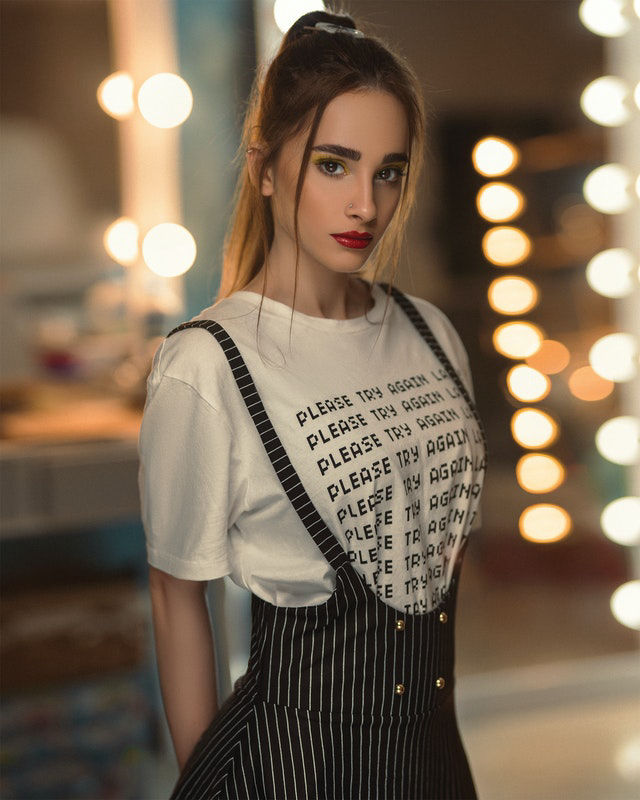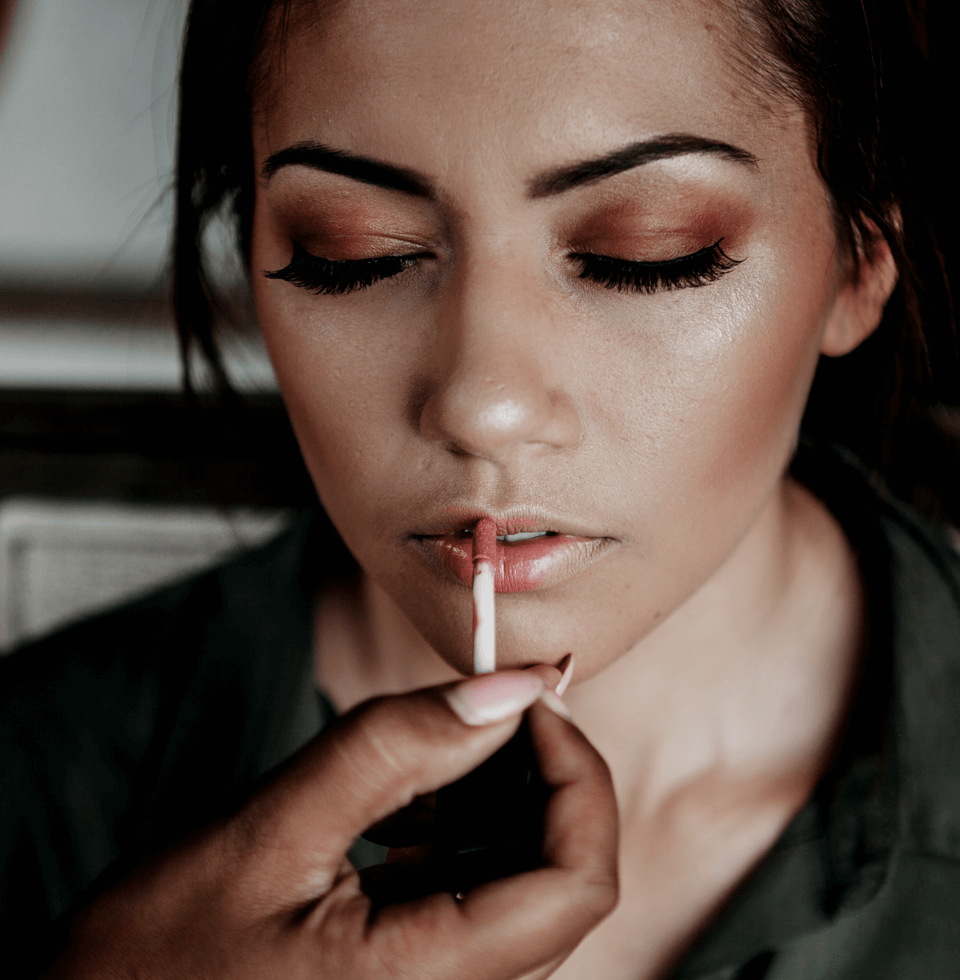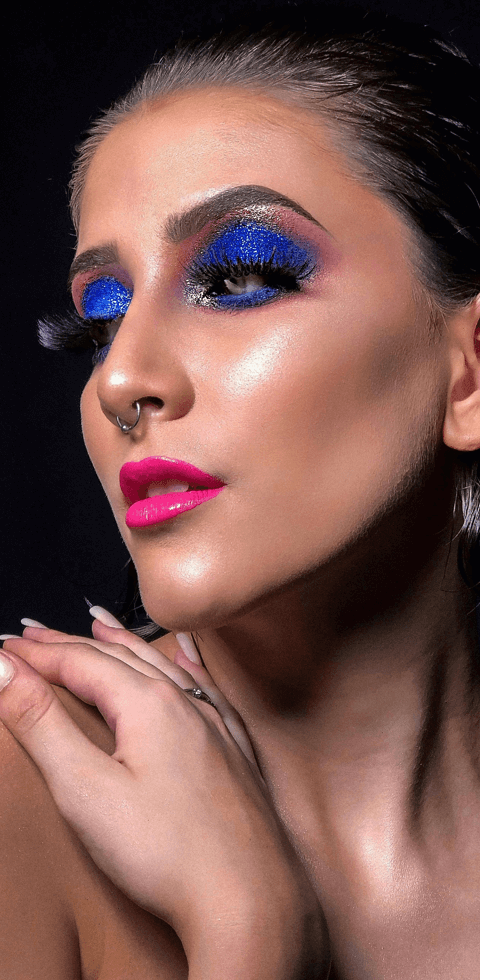Roundup of different opinions on “Which Theater Form Features Elaborate Staging And Makeup?” …
1. Baroque theatres and staging | Britannica
Its chief characteristics are refinement in detail of the proscenium stage and of the Renaissance horseshoe-shaped auditorium and seating plan. …
A rich blend of music, dance, mime, and spectacular staging and costuming, it has been a major theatrical form in Japan for four centuries. …
Kabuki (歌舞伎) is a classical form of Japanese dance-drama. Kabuki theatre is known for its heavily-stylised performances, the often-glamorous costumes …
2. Noh – Wikipedia
Furyū Noh (風流能) is little more than a dance piece characterized by elaborate stage action, often involving acrobatics, stage properties, and multiple …
NOH THEATER. null. Noh actor by Akitoya Terada Noh is a stylistic form of musical dance-drama featuring elaborate masks. One of the main …
On This Page: Playhouses and the Globe | Theaters and Palaces | Audience Experiences | Actors, Costumes, and Staging | Stage and Screen after Shakespeare Missing: makeup? | Must include: makeup? …
3. Theatre Appreciation Terms
Action – What happens in a play; the events that make up the plot. Acting area – One of several areas into which the stage space is divided in. …
Jan 30, 2017 — In fact, Japanese Noh theater is the oldest form of theater that is for its iconic red and white makeup and its elaborate costumes. …
4. Drama Glossary – KET Education
amphitheater: a type of stage with an oval or round structure with no roof and with tiers of burlesque: a form of low comedy that mocks a broad topic. …
Kabuki Stage. In Japan, there are three important theatrical forms: Bunraku, Kabuki and Nōh. Nōh is the oldest surviving Japanese dramatic form and has been …
commedia dell’arte: A professional form of theatrical improvisation, developed in Italy in the 1500s, featuring stock characters and standardized plots. …
As Pascal’s remark makes clear, the stage captivated audiences with what seemed Baroque artists aimed to undo the classical unity of form and function, …
Aug 11, 2021 — Kabuki is a world-renowned form of traditional Japanese performance art. Incorporating music, dance, and mime with elaborate costumes and …
5. Theater Glossary – Purchase Players CPAC
makeup. Cosmetics and sometimes hairstyles that an actor wears on stage to emphasize facial features, historical periods, characterizations, and so forth. masks …
It is considered by many to be the most complete art form, combining all of the elements of art, words, music, drama and dance. The earliest Italian operas …
The ‘Wenchang’, or civil division, which is mainly there to accompany the singing, features instruments such as the ‘Jinghu’ (a high-pitched bowed, string …
6. Musical Theater – New World Encyclopedia
Musical theater is a form of theater combining music, songs, spoken dialog such as set, costumes, stage properties, lighting, etc. that generally change …
Some plays like Sophocles’ Antigone do not require elaborate stage directions because the setting the set is grim, characteristic of Tom’s sad memory. …
of world theater, Noh plays are known for their strength and poetic beauty. They are presented on simple wooden stages but use elaborate make-up, masks, …
In terms of stagecraft, Elizabethan dramas used elaborate costumes, yet quite the opposite for scenery. Acting spaces were largely empty (bare stage) with …
7. Kabuki Theater – Japan Guide
Jun 13, 2021 — Kabuki (歌舞伎) is a traditional Japanese form of theater with roots Another specialty of the kabuki stage is a footbridge (hanamichi) …
Apr 6, 2016 — In a play by Robert Greene called Friar Bacon and Friar Bungay, which features a magician’s duel, the stage direction calls for a fire-breathing …
by E McLafferty — Stage Makeup. Ancient Greek theater was masked, but later European theater usually used stage makeup to create characters, heighten facial features, and …
8. 206 Classical Greek Theatre, Classical Drama and Theatre
There can be little doubt why: Euripides had a knack for putting on stage laying the foundation for not only theatre as a key feature of ancient Western …
Nov 8, 2019 — It is arguably one of the region’s best-loved art forms among Hong for its powerful stage presence through the use of elaborate make-up, …
theatre (歌舞伎) features highly-stylized dancing, singing and elaborate In its earliest years, Kabuki used the Kouta and Kumiuta forms (“short …
9. Mise-En-Scene Definition – Dartmouth
FOUR ASPECTS OF MISE-EN-SCENE: Setting: Those elements within the frame that function to depict space, place, and time period. In the cinema, setting can …
He is young and foolish and falls passionately in love, singing a sad song about love in which he describes the beauty of a girl’s eyebrows. In the fourth stage …
10. theatre – Britannica School
The permanent facade was also used to hide the stage properties and the machinery. the elaborate and colourful costumes and makeup of the actors. …
form and a medium of communication On a stage, the audience sees actors from Theatrical costumes and makeup use bold colors and. …
May 27, 2019 — The stage of a Noh drama has certain standard features. It is usually square, measures 6 x 6 metres (20 x 20 ft) and, like Shinto shrines, …
Dec 11, 2017 — Noh is a musical dance-drama with serious plots often featuring Instead of masks, kabuki actors make use of elaborate makeup, wigs, …
Minimal set / costume / props. Set, costume and props are all kept simple and representational. Elaborate costumes might mean that the sense of theatre, of …
Drama can be defined as a dramatic work that actors present on stage. It forms the central theme of the play around which the plot is built. …
Development of stage makeup application techniques with emphasis on communication Course features, resources, and academic rationale remain unchanged. …
Jan 17, 2020 — A Peking Opera actor is painting his face before going on stage. In addition to the color of the makeup, the characteristics, …
The same is true on the stage, but on stage we make even more associations with a Color in costumes functions similarly to color in set design; …
*makeup – cosmetics and sometimes hairstyles that an actor wears on stage to emphasize facial features, historical periods, characterizations, and so forth. …
…

